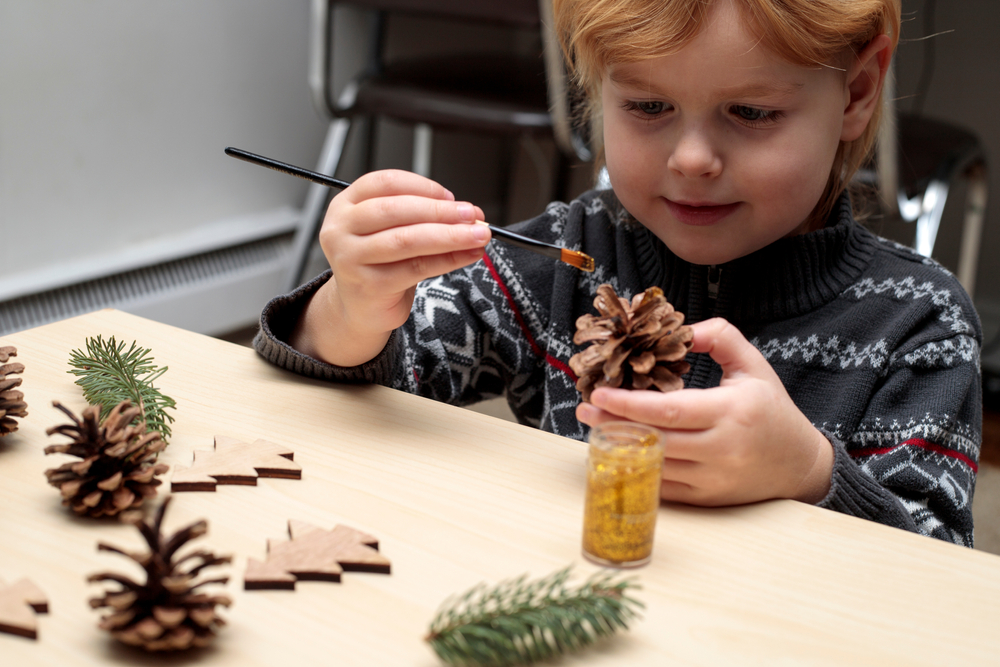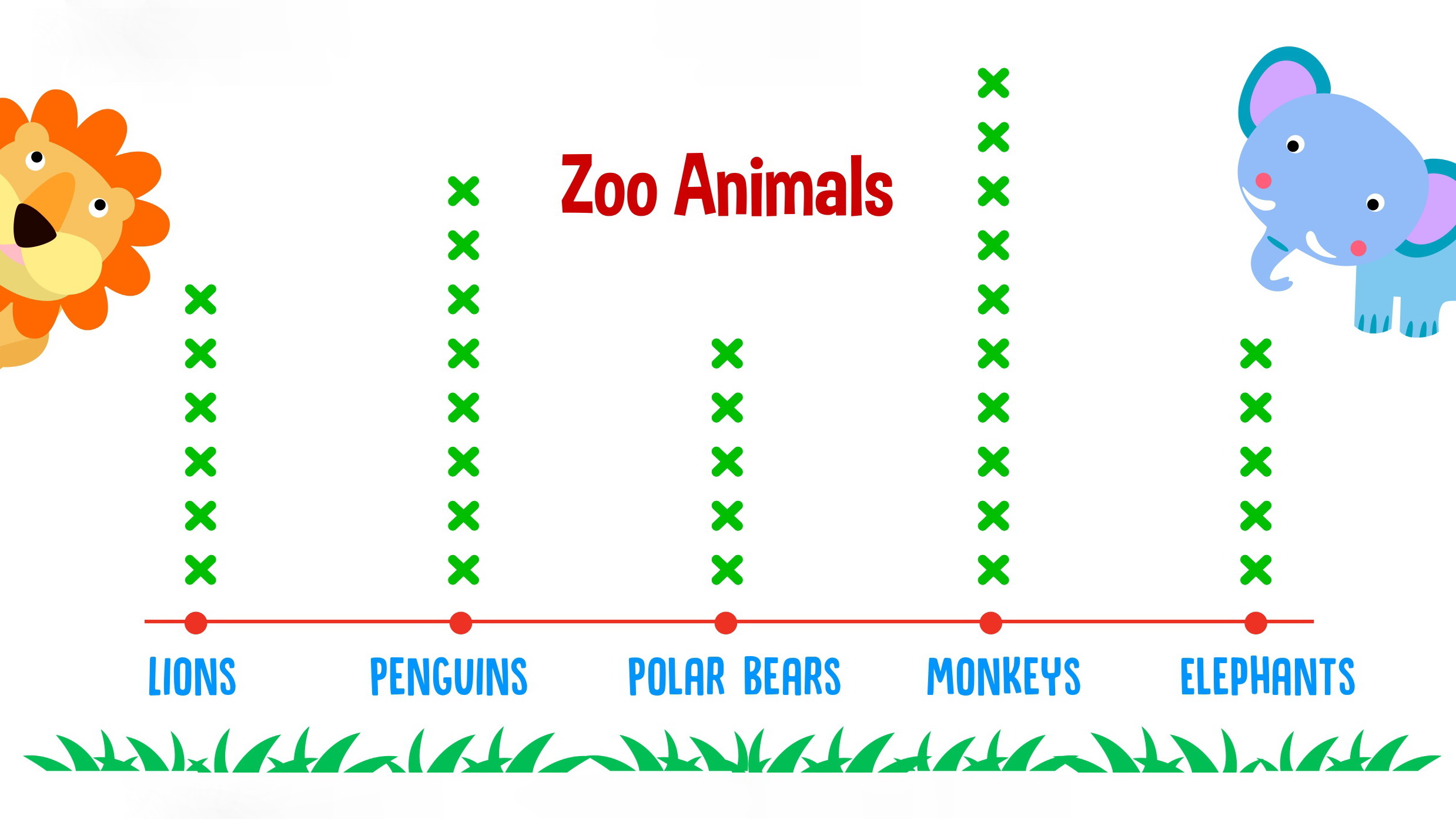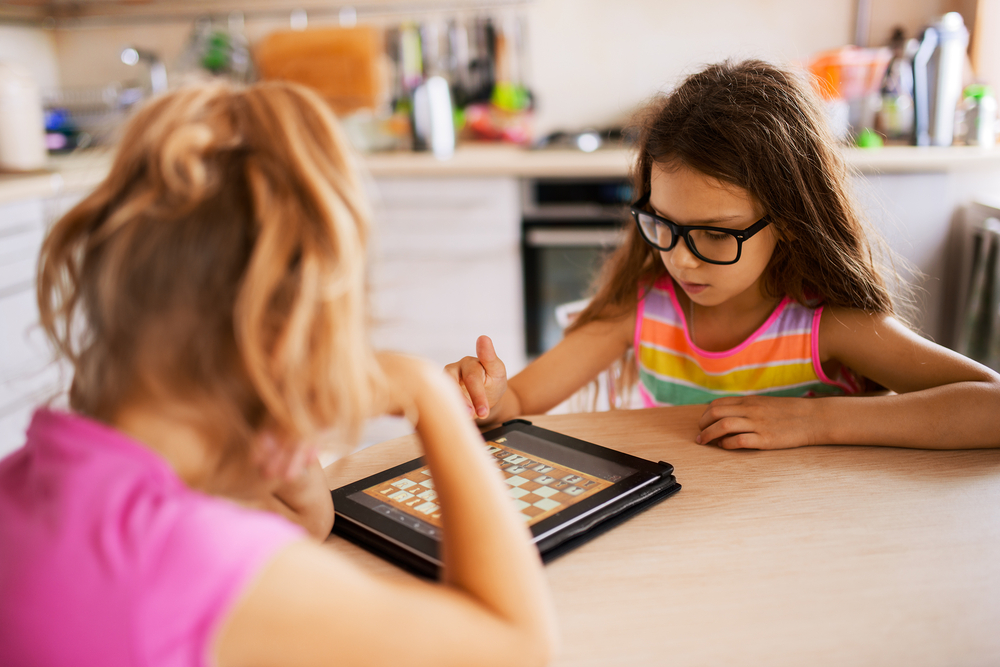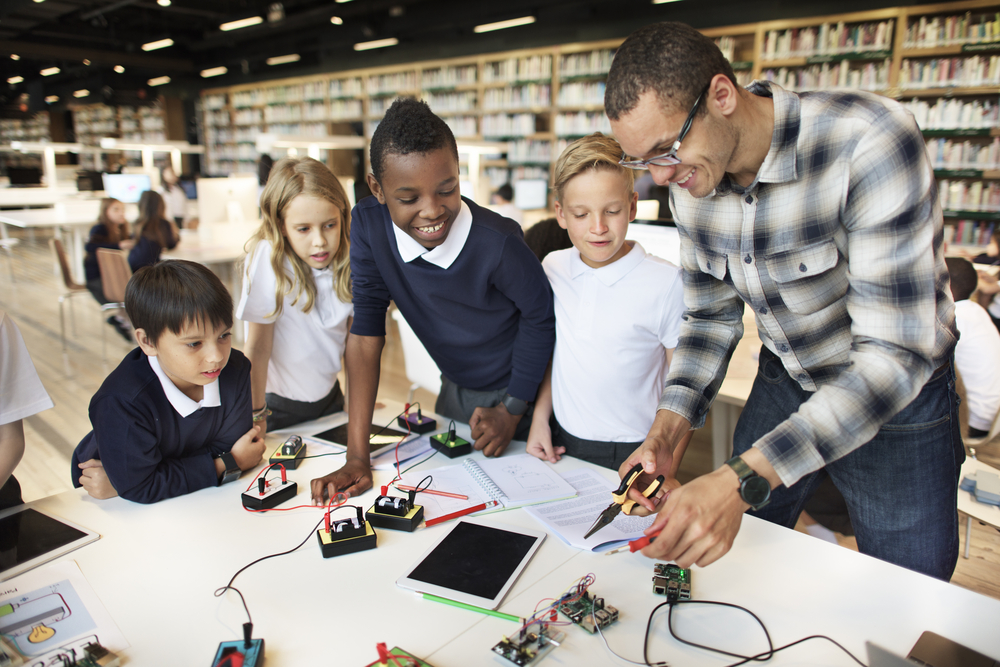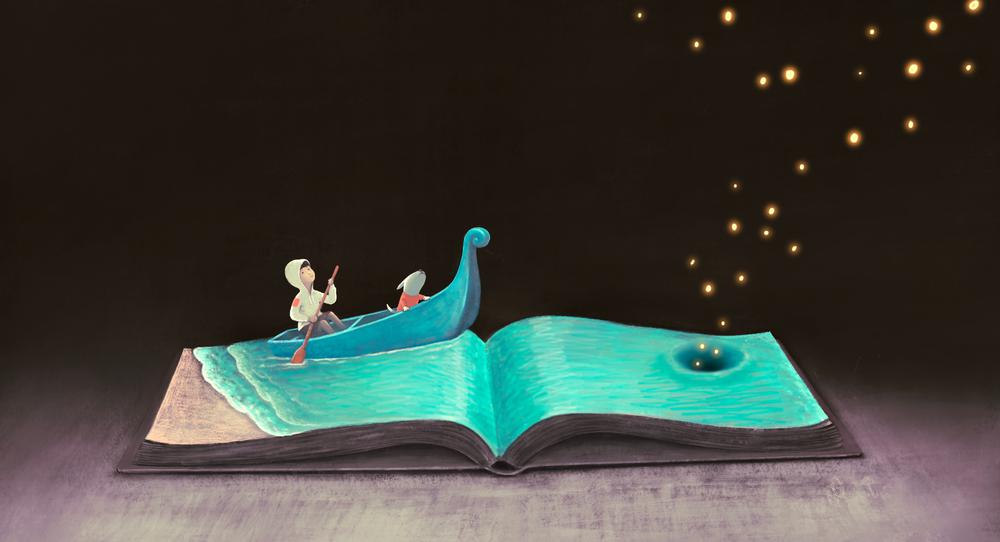Normal Reading Comprehension worksheets activities for Ages 3-9
11 filtered results
-
From - To
Discover engaging reading comprehension worksheets tailored for children ages 3-9! Our thoughtfully designed activities focus on enhancing essential literacy skills while making learning fun. From captivating stories to interactive exercises, these worksheets help young learners develop vocabulary, identify main ideas, and understand text better. Perfect for parents and educators, our resources cater to varying skill levels, ensuring every child can progress at their own pace. Enhance your child's learning journey with our normal reading comprehension activities, fostering a love for reading and critical thinking. Explore our collection today and watch your little ones thrive in their reading adventures!
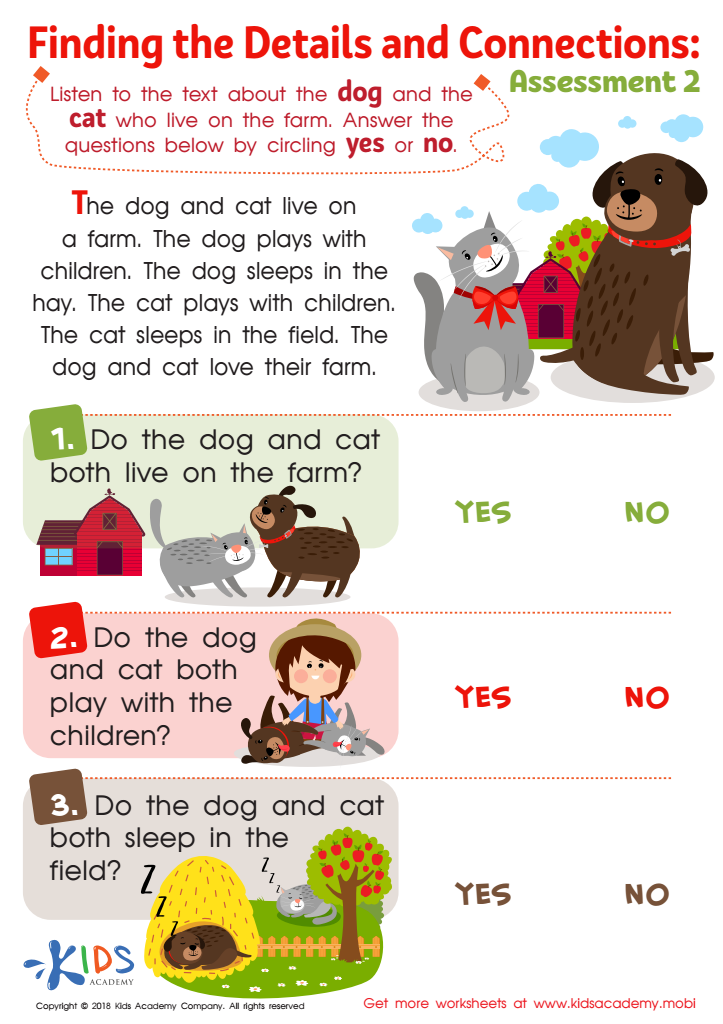

Finding the Details and Connections: Assessment 2 Worksheet


Questions About Informational Texts: Assessment 1 Worksheet


Craft and Structure: Assessment 2 Worksheet
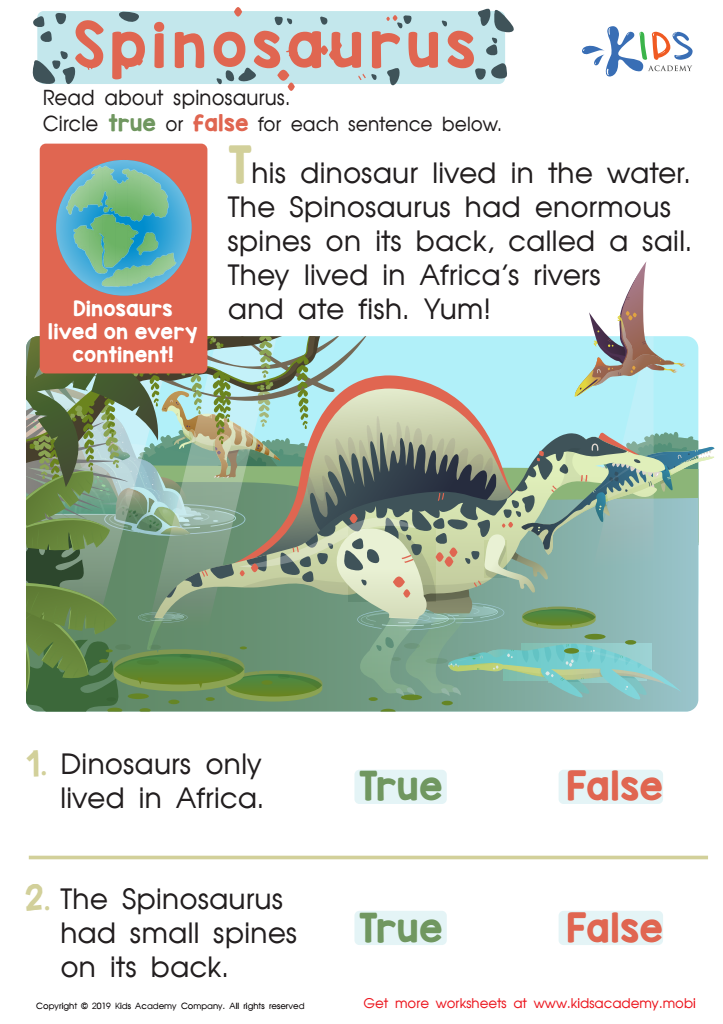

Spinosaurus Assessment Worksheet


Questions About Stories: Assessment 2 Worksheet
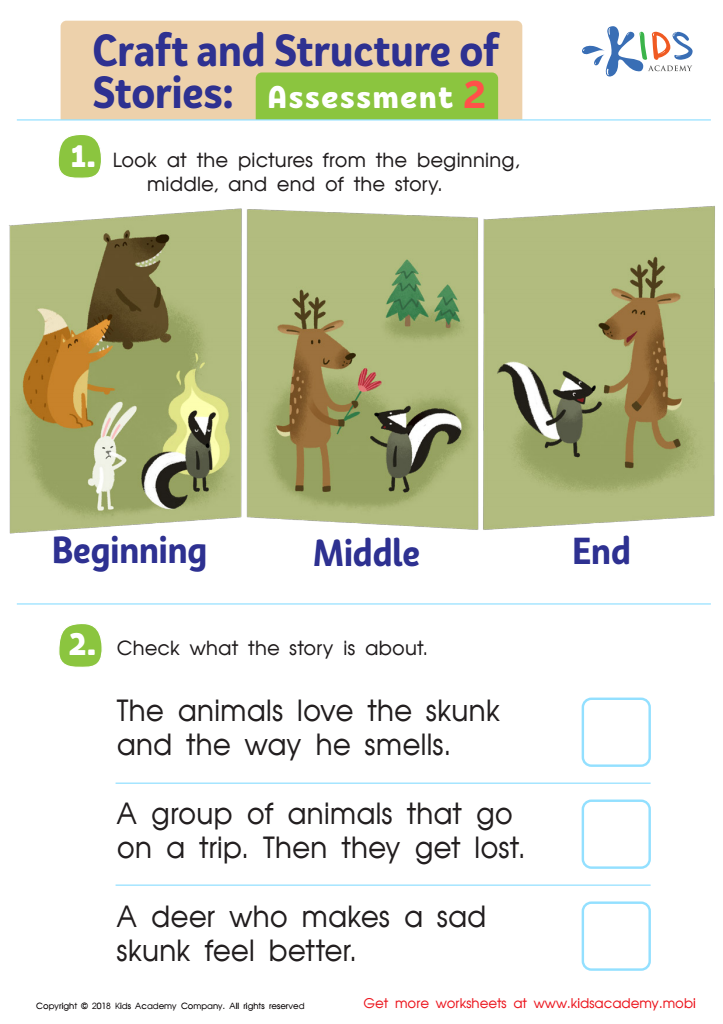

Craft and Structure of Stories: Assessment 2 Worksheet
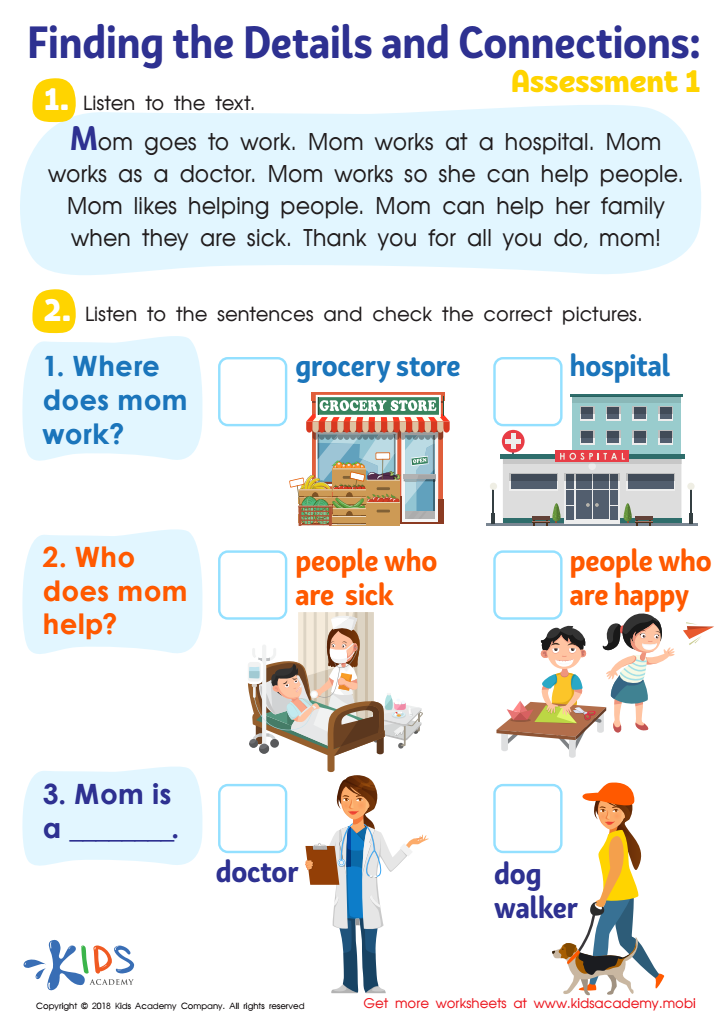

Finding the Details and Connections: Assessment 1 Worksheet
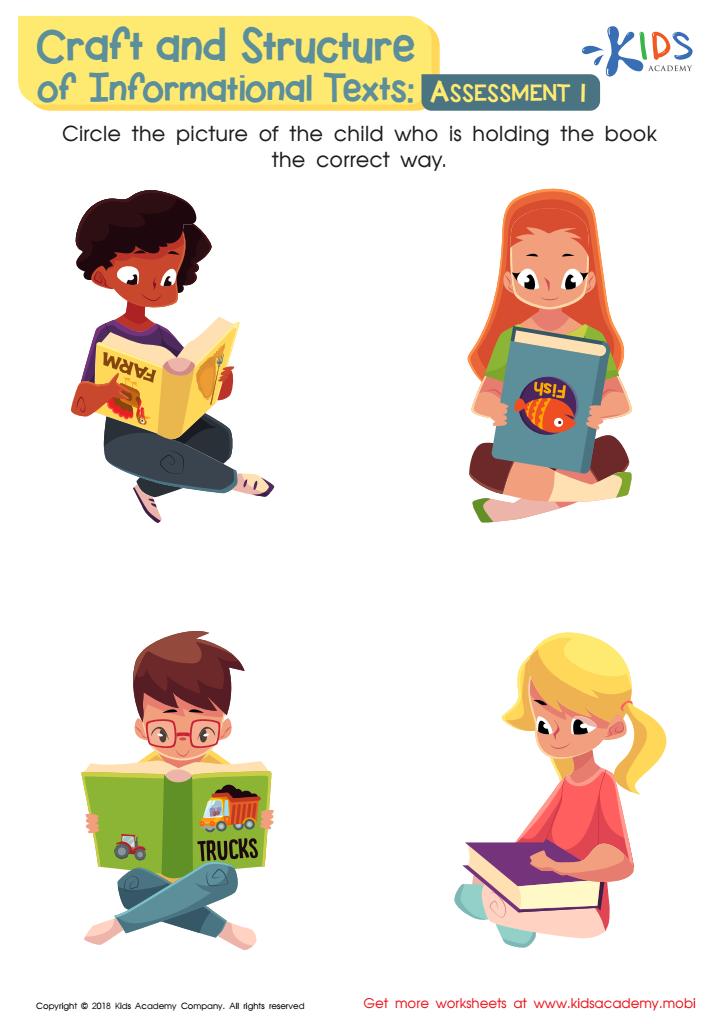

Craft and Structure of Informational Texts: Assessment 1 Worksheet
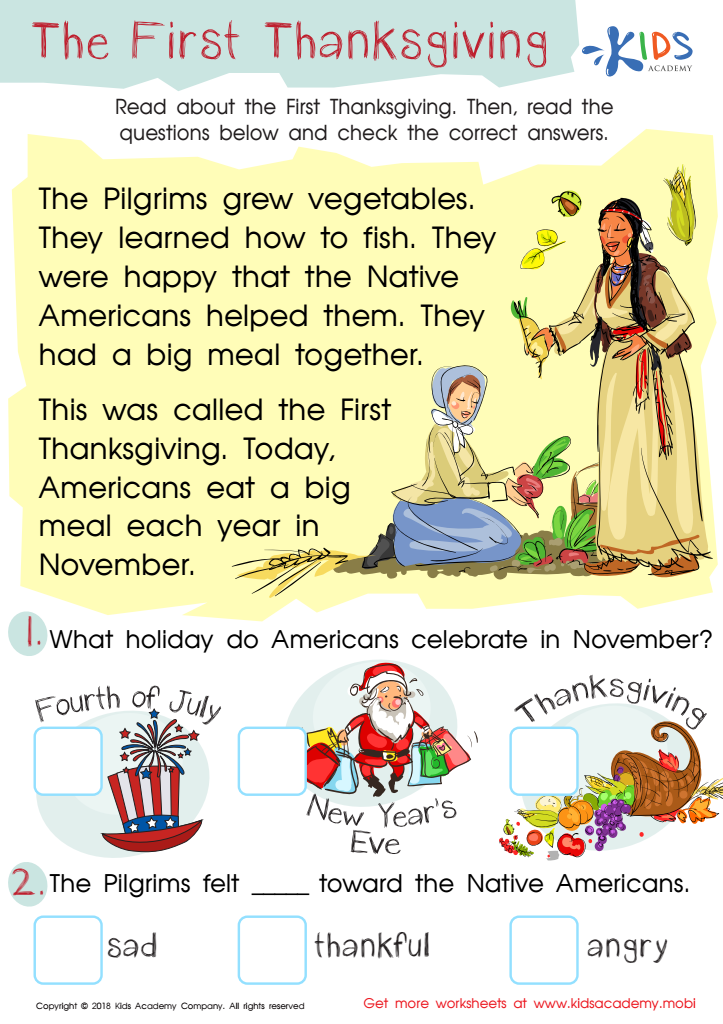

Assessment: First Thanksgiving Worksheet
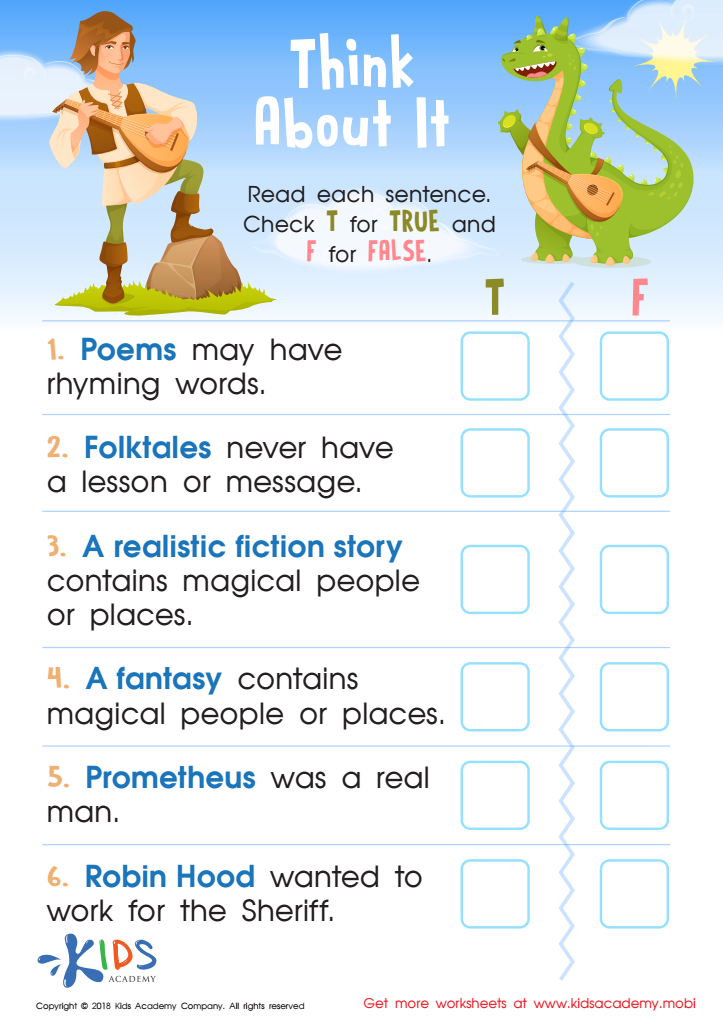

Think About It: Assessment Worksheet
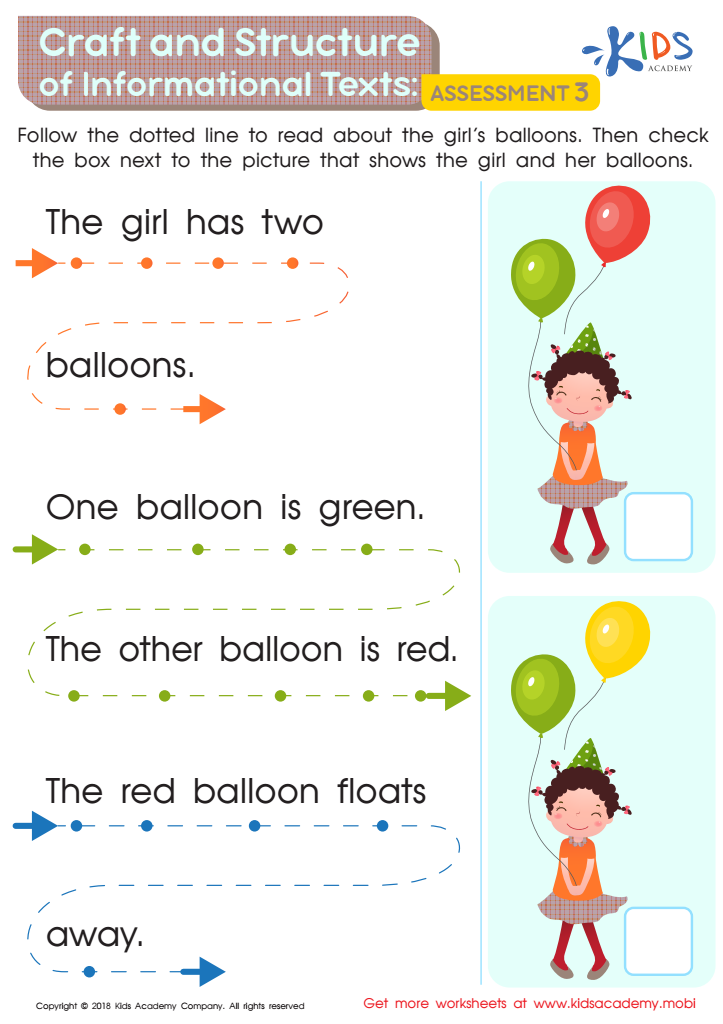

Craft and Structure of Informational Texts: Assessment 3 Worksheet
Parents and teachers should prioritize normal reading comprehension activities for children ages 3-9 because these early years are crucial for developing foundational literacy skills. During this period, children are particularly receptive to language and literacy learning, and engaging in guided reading activities builds their vocabulary, understanding of sentence structure, and ability to make connections between texts and their own experiences.
Effective reading comprehension activities foster critical thinking and analytical skills, allowing children to interpret and engage with stories thoughtfully. This intellectual engagement contributes to improved focus and listening skills, which are essential for academic success. Moreover, reading together encourages a love of literature, creating lifelong readers in a world increasingly saturated with text.
Furthermore, early reading comprehension activities support social-emotional development, as discussing stories helps children express their thoughts and feelings, enhancing empathy. Teachers and parents can create an inclusive learning environment by using diverse reading materials that reflect different cultures and perspectives, thus promoting inclusivity and understanding.
In summary, investing time in normal reading comprehension activities is essential for fostering cognitive, emotional, and social growth, preparing children not only for academic achievement but also for becoming thoughtful, engaged citizens.
 Assign to My Students
Assign to My Students



